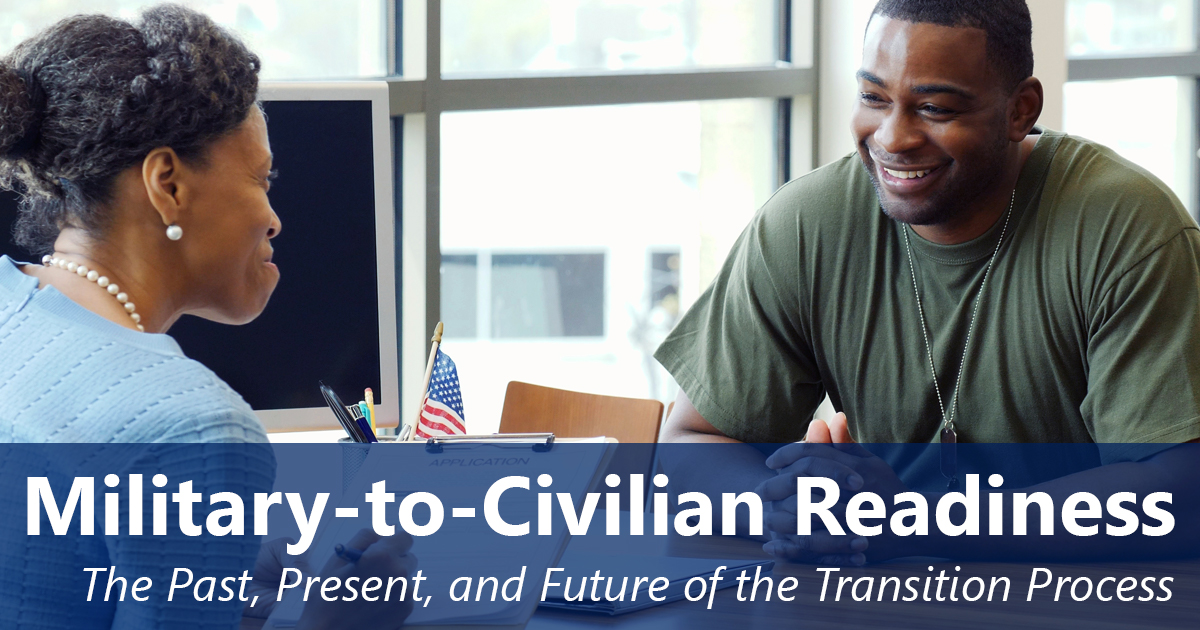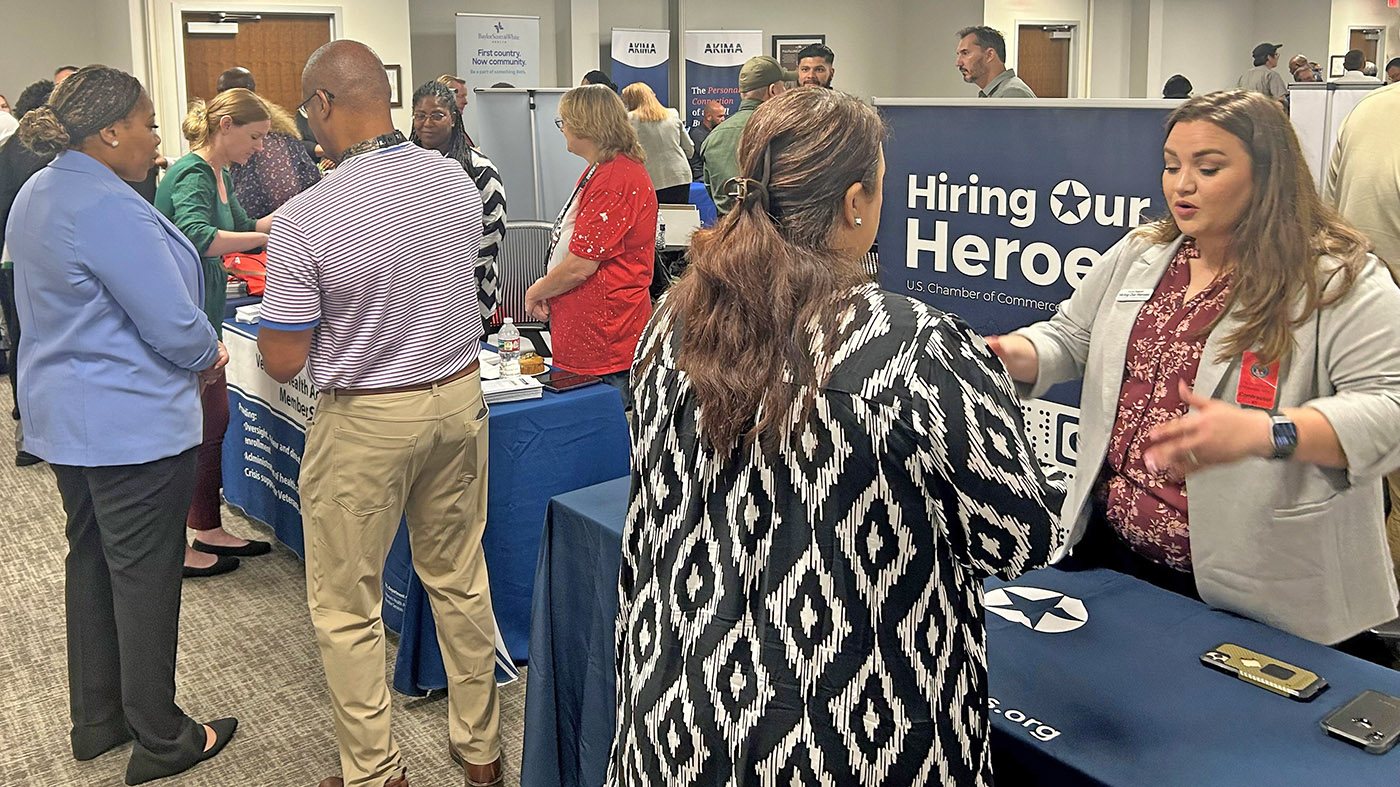Transition can be difficult for anyone, especially for military service members who face personal, economic and cultural challenges when they hang up their uniforms for the last time.
A new report commissioned by VA’s Benefits Administration (VBA) looks at the needs of transitioning service members and Veterans and finds cooperative plans between VA and the Department of Defense (DoD) support the joint goal of improving the transition experience.
“Military-to-Civilian Readiness: The Past, Present and Future,” authored by the MITRE Corporation, looks at previous studies, focus groups and expert observation to evaluate current transition programs available through VA, DoD and other partners.
The research paper supports the Military to Civilian Readiness Pathway (M2C Ready), a newly developed VA and DoD framework that established the transition period as beginning 365 days before separation and lasting for at least 365 days post-separation. VA and DoD are developing programs and services that align with this new framework.
The report found that the transition process often brings complex challenges for service members and Veterans, impacting their health and well-being. Having a seamless transition experience, supported by VA and DoD, is critical to increasing Veteran resilience.
“This research is important to our understanding of how transition affects Veterans,” said Robert Wilkie, Secretary of Veterans Affairs. “The research will help us and our partners to better support service members as they transition to Veteran status.”
Seamless access
President Trump signed Executive Order (EO) 13822 in 2018, prompting VA, DoD and the Department of Homeland Security to work together to give Veterans seamless access to benefits and resources. Mental health care and suicide prevention focuses were stressed, as well as the tailoring resources to areas of interest to specific Veteran groups.
The Office of Transition and Economic Development (TED) supports VA’s mission by helping veterans and their families navigate VA benefits and services, use partner resources, and get the support they need. Learn more about TED’s current initiatives to support you at https://benefits.va.gov/transition/.
Clarence “Craig” Coleman is a public affairs specialist for VA’s Veterans Benefits Administration
Topics in this story
More Stories
After a Veteran passes away, family members should report the death of the Veteran to VA as soon as possible to stop current benefits payments. If the death is not reported promptly, survivors or executors of the Veteran’s estate may have to repay any overpayments received.
Supporting Veterans with job training, education, employment accommodations, resume development and job seeking skills coaching.
VA wants to ensure Veterans, including those who choose to have their private health care provider complete a DBQ, are appropriately equipped with the information they need to submit DBQs successfully.






